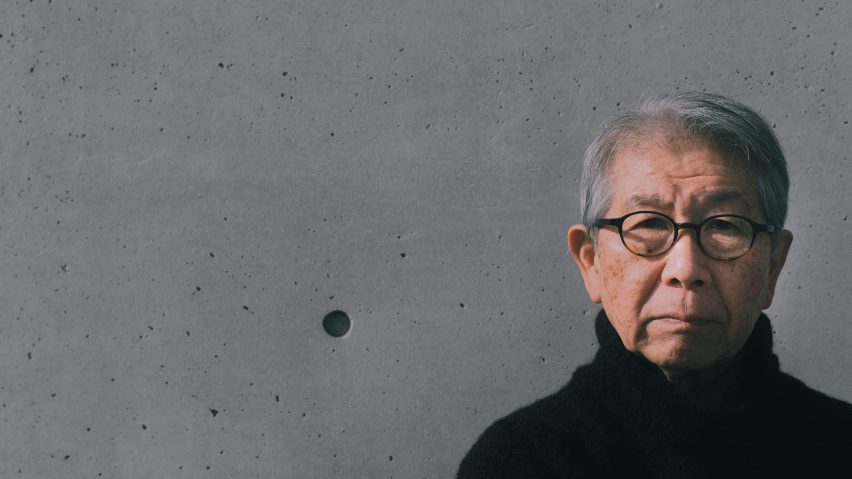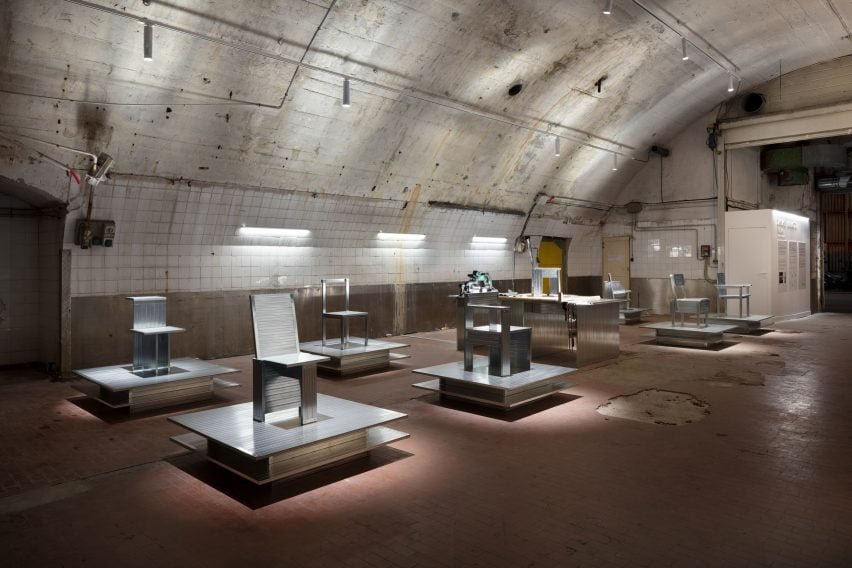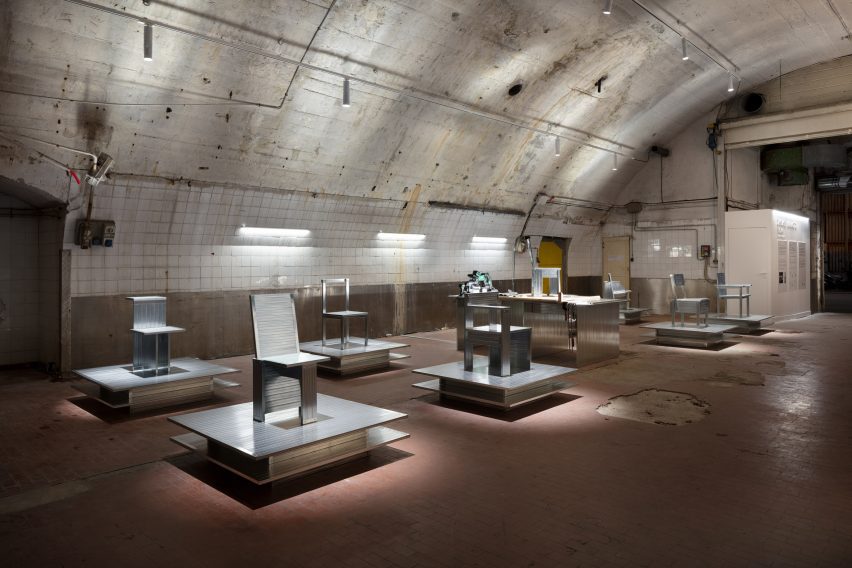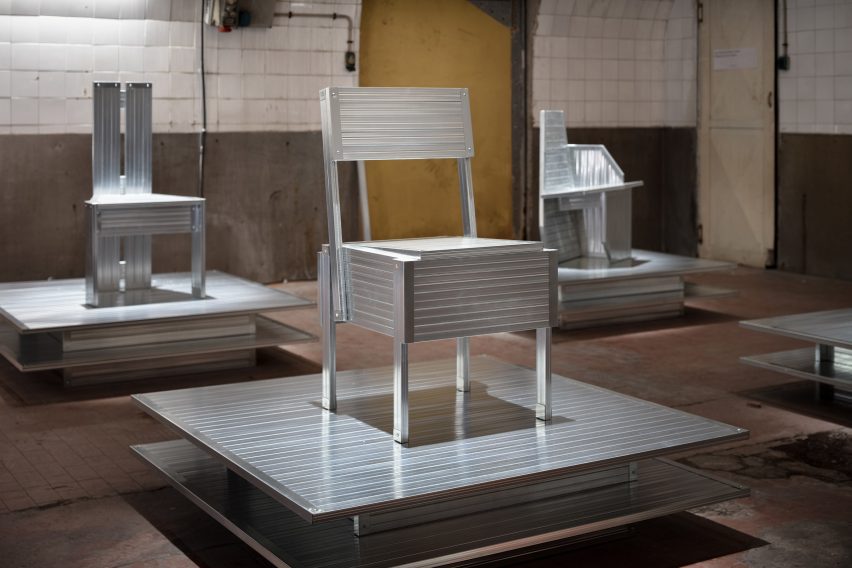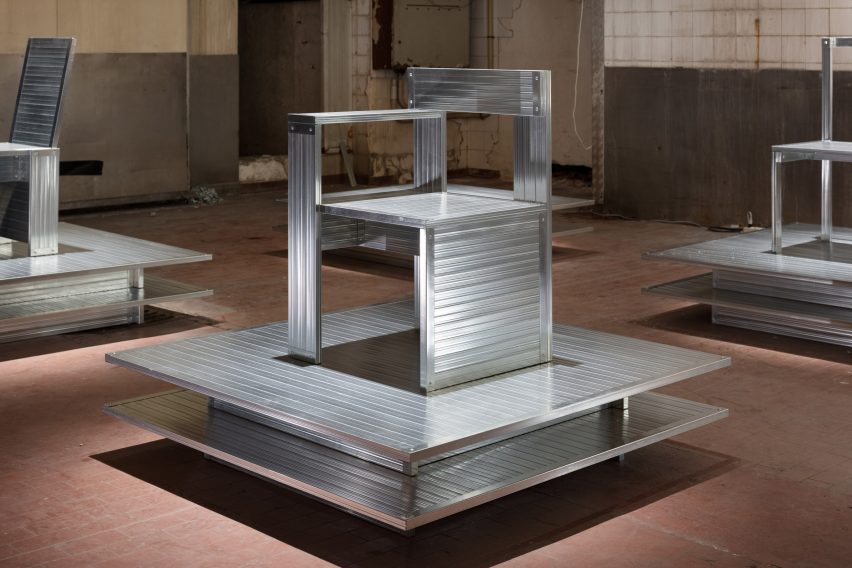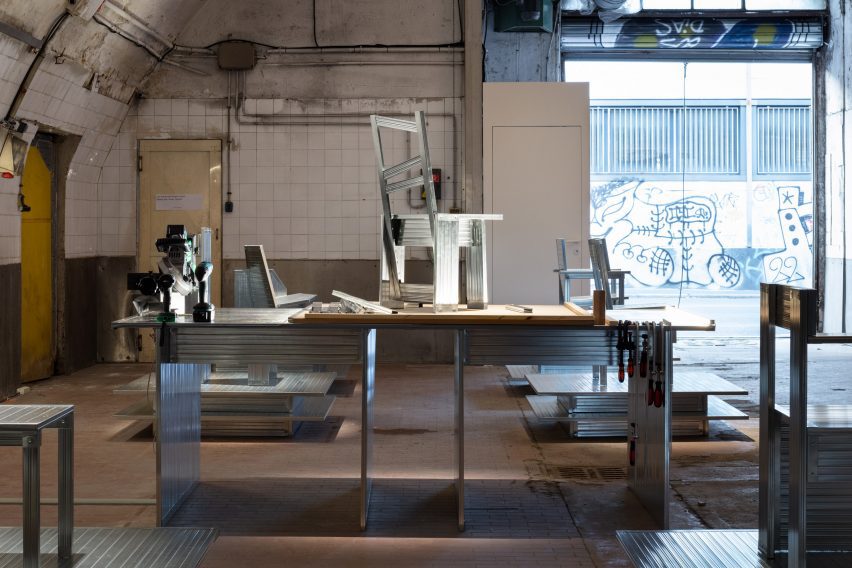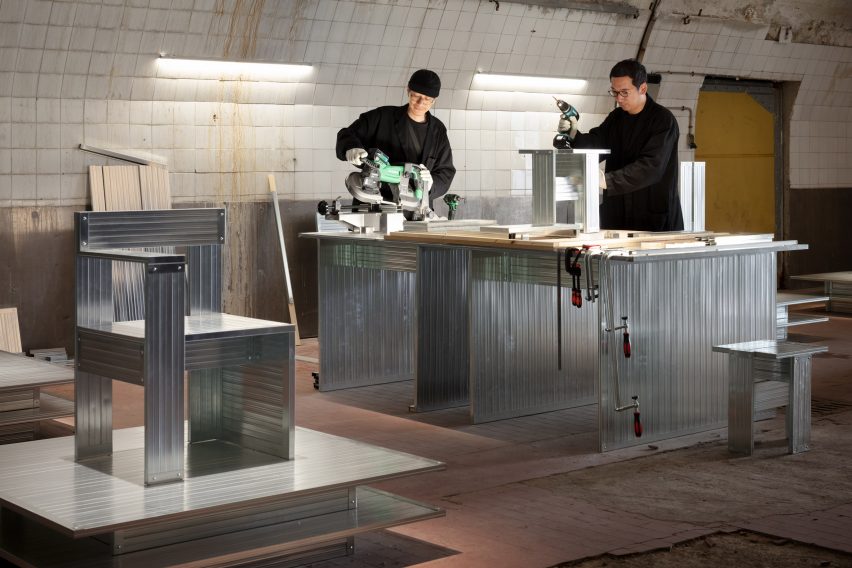This week Riken Yamamoto won the Pritzker Architecture Prize

This week on Dezeen, Japanese architect Riken Yamamoto was awarded the Pritzker Architecture Prize for his buildings that aim to foster community.
Yamamoto, who became the 53rd architect to be awarded the Pritzker Architecture Prize, was recognised for his work created over a five-decade career.
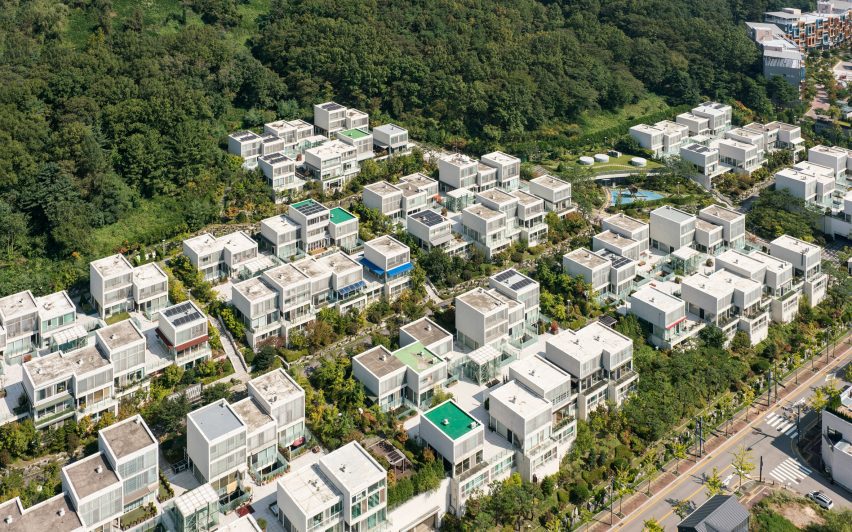

To celebrate Yamamoto’s win, we looked back at 15 of his most interesting projects that often use glass, terraces and balconies to encourage transparency and foster community.
Also in response to this year’s winner, Dezeen editor Tom Ravenscroft wrote an opinion piece drawing attention to the fact that Japanese men have won the prize more times than women.
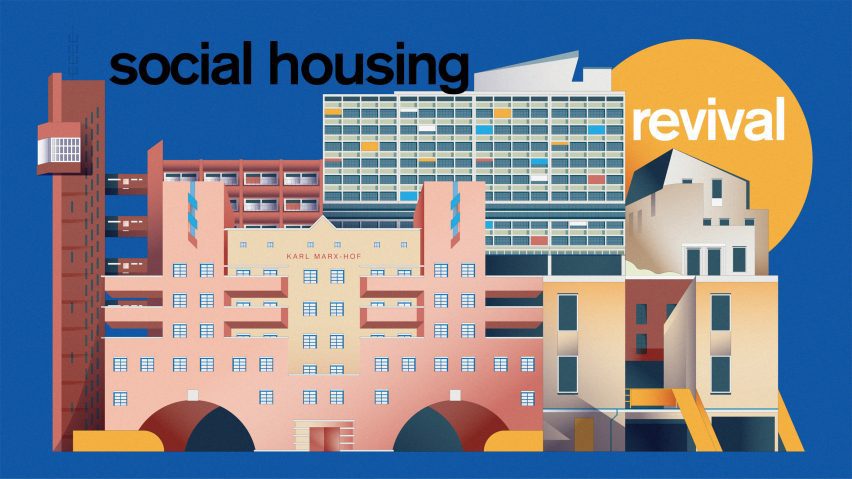

This week, we also kicked off our latest series – the Social Housing Revival, which will explore the current discussions on social housing and celebrate the best contemporary examples.
To kick off the series, Peter Apps called for a return to mass public house-building. “We need a major shift in the way we look at public housing”, he wrote in an opinion piece.


To celebrate International Women’s Day we compiled a list of the 50 most influential women in architecture and design.
In a follow-up to an article written seven years ago, where she declared “I am not a female architect. I am an architect”, Dorte Mandrup wrote an opinion piece discussing the need for gender-based lists.
“The persistent need for distinction is a symptom of inequality and prejudice,” she wrote. “It should be common practice to include women in the general architectural discourse.”
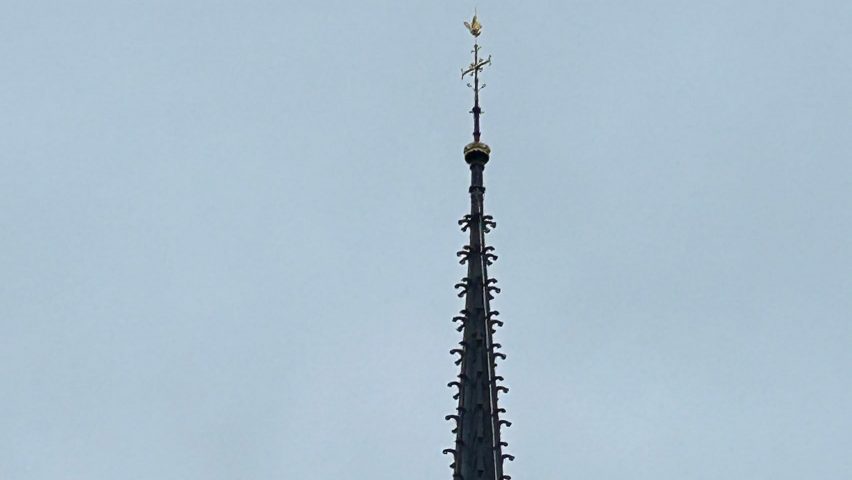

In Paris, the reconstructed spire at Notre-Dame cathedral was revealed as scaffolding was removed from the building.
The 96-metre-high spire was designed to be identical to the 1859 version designed by architect Eugène Viollet-le-Duc.


In other architecture news, it was reported that Foster + Partners is designing a skyscraper in Saudi Arabia that, if built, would be the tallest in the world.
According to a report in UK architecture magazine Architects’ Journal, the skyscraper planned for a site north of Riyadh will be two kilometres tall.


Popular projects this week included a tent-like refuge with panoramic views of the Italian Alps, a rural retreat built in a concrete pig shed and Gensler’s own office in LA.
Our latest lookbooks featured inviting breakfast nooks for easy-going mornings and homes kept cool and bright by central courtyards.
This week on Dezeen
This week on Dezeen is our regular roundup of the week’s top news stories. Subscribe to our newsletters to be sure you don’t miss anything.

